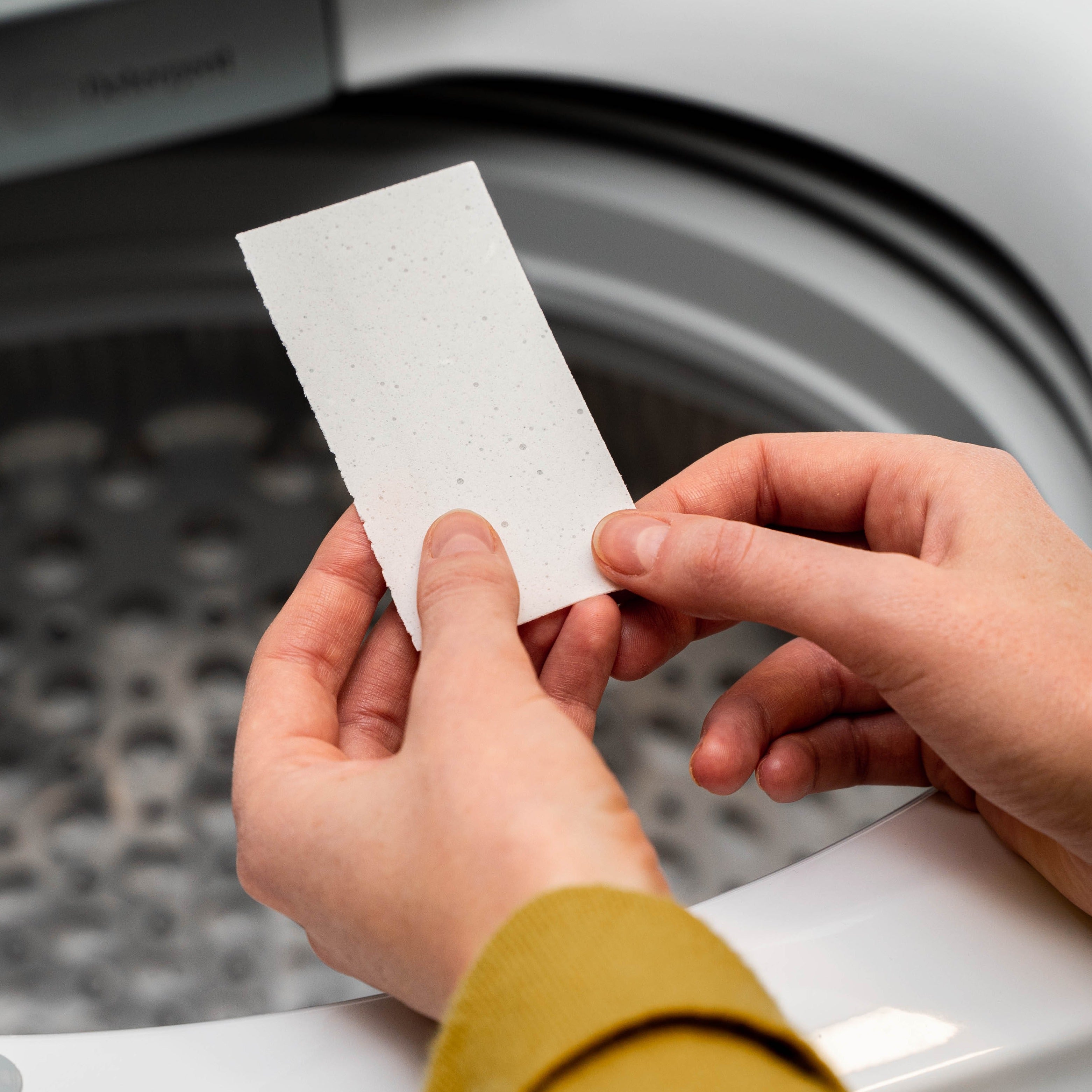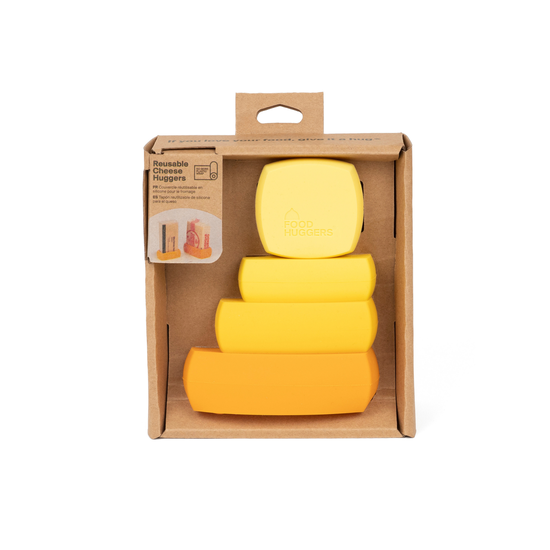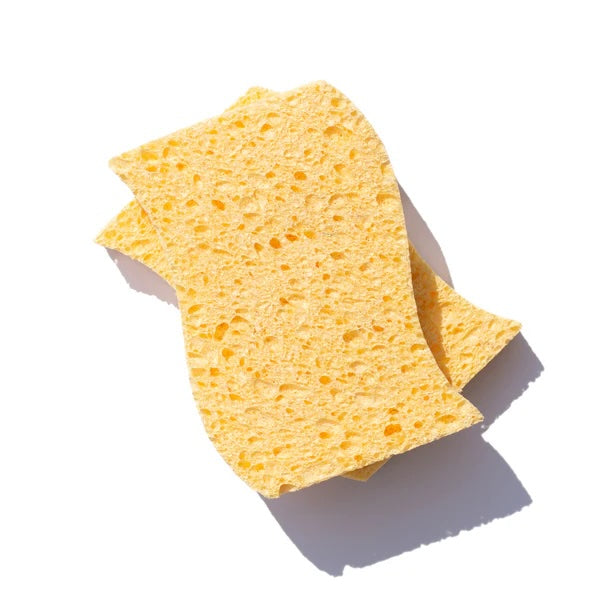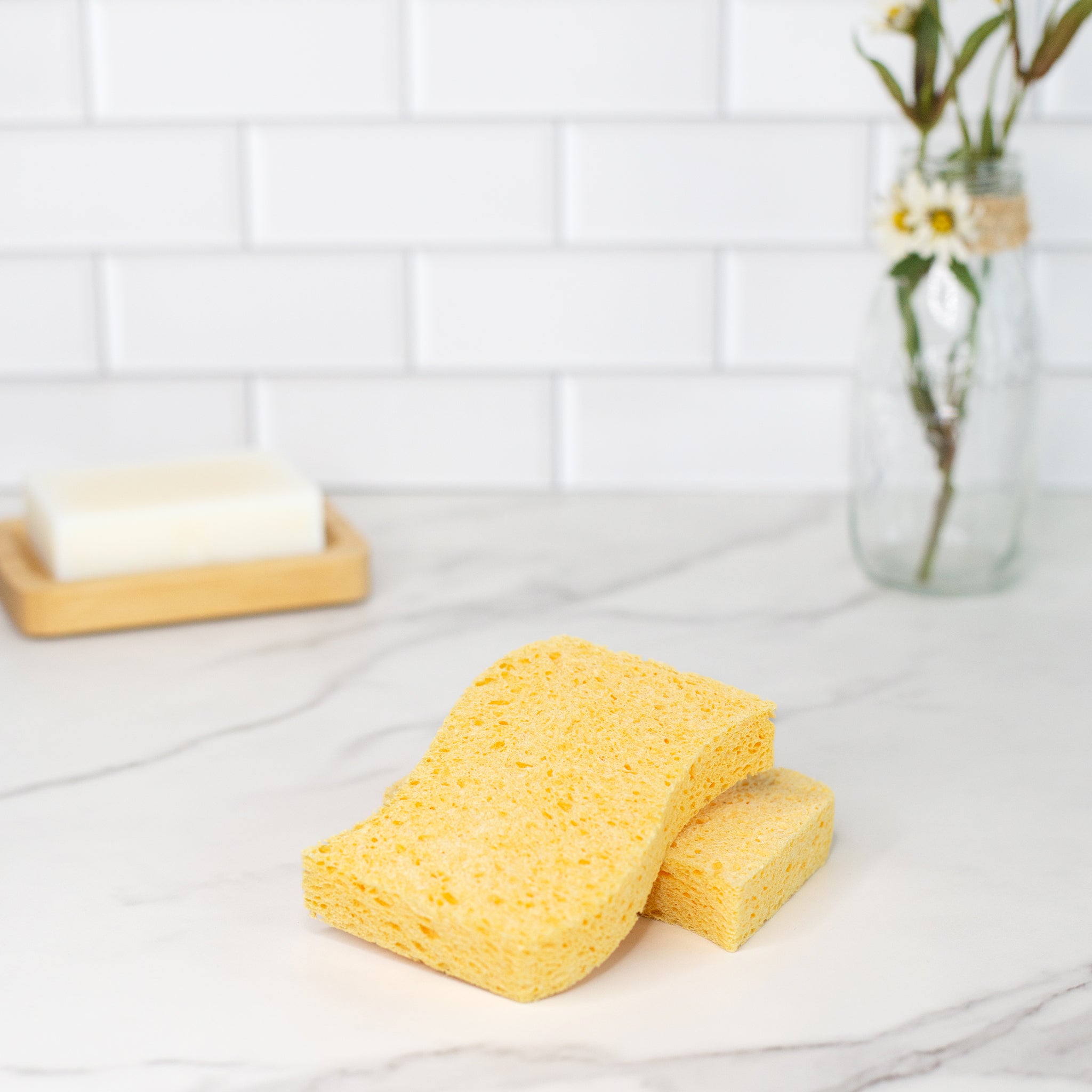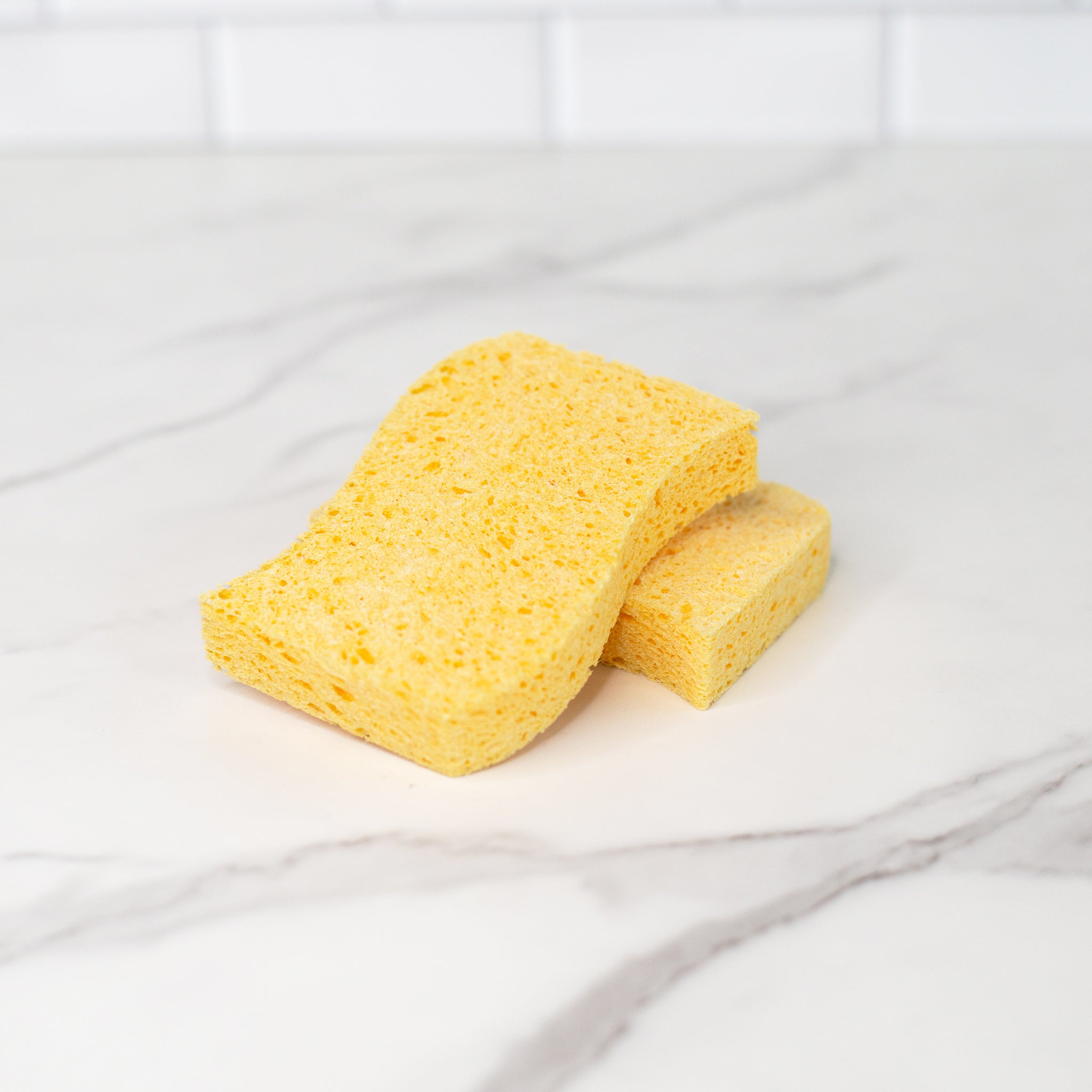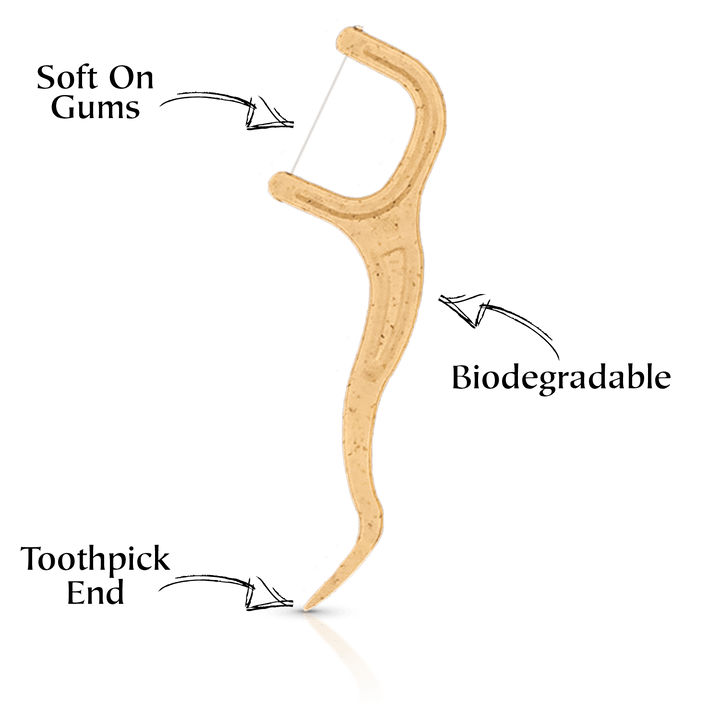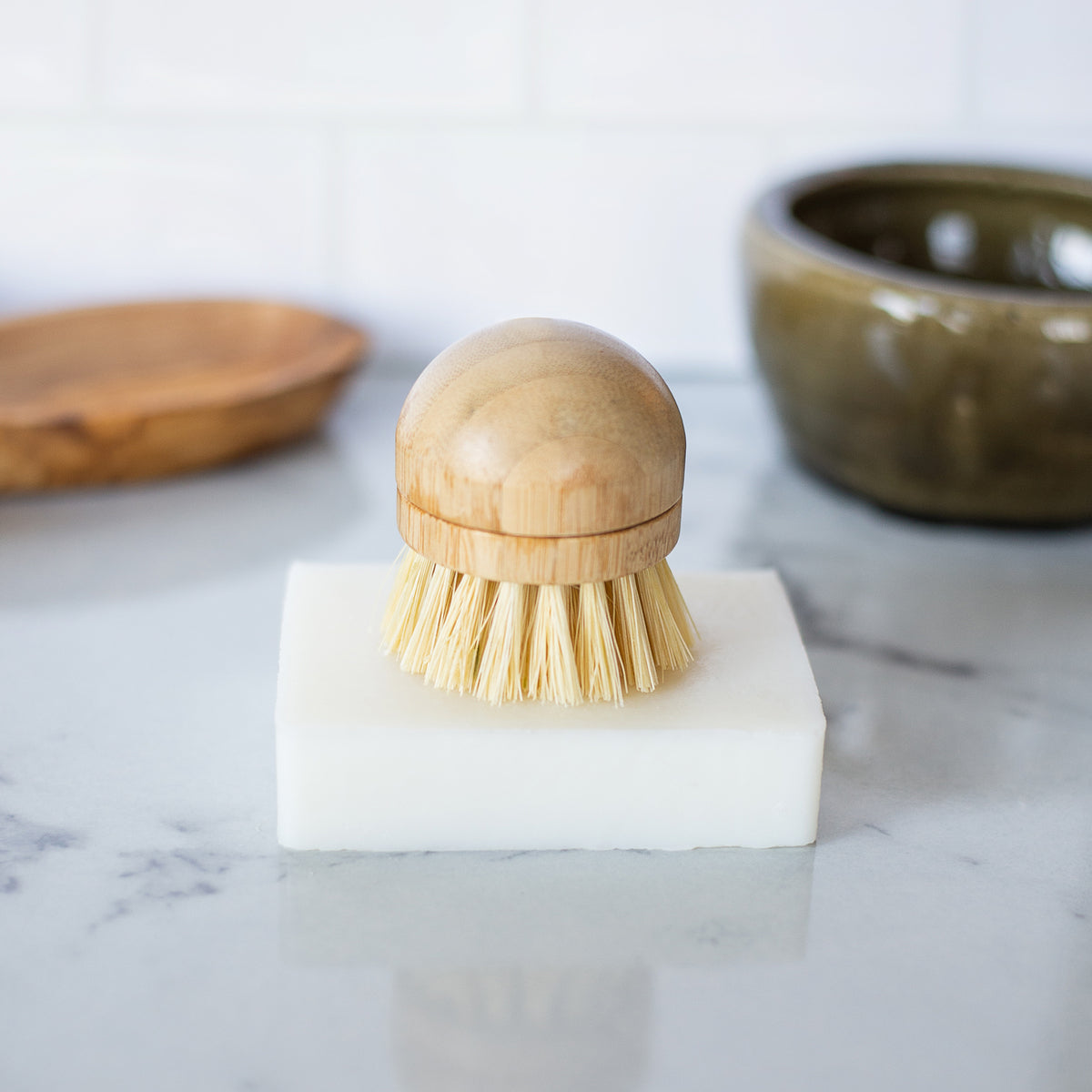The Fascinating Language of Dolphin Moms
You’ve probably seen someone transform into a babbling fool around babies with just one look at their cute chubby cheeks. Their sentences get shorter, sounds more exaggerated, and the overall speech pattern turns more musical. This phenomenon, known as ‘motherese’ or ‘infant-directed speech’, has been observed in a limited set of species, including zebra finches, rhesus macaques, and squirrel monkeys. Now, add bottlenose dolphins to that exclusive club!

The Big Dolphin Discovery
Laela Sayigh, a marine biologist, uncovered this surprising insight after analyzing three decades worth of data. This exciting finding points towards a crucial similarity between dolphin and human communication: both species use motherese to help their young ones learn their vocal communication systems.
Other experts in the field, like Rindy Anderson, a behavioral ecologist, agree with Sayigh’s groundbreaking study. They affirm that the findings could suggest that motherese assists young dolphins in learning to produce these unique calls.
Decoding the Dolphin Language
Figuring out how we learn language is a tough nut to crack. Somehow, our tiny tots manage to drink in all the verbal soup around them and construct sentences with the appropriate structure. This incredible ability boils down to how we intuitively use motherese to communicate with our babies.
Contrary to popular belief, motherese is not a jumble of made-up words. Instead, it is an emphasis on sounds and simplification of sentences which makes words clearer and grabs the attention of young ones more effectively.
What's in a Dolphin Whistle?
When Sayigh started her research with a pod of wild bottlenose dolphins in Florida’s Sarasota Bay, she noticed similarities with humans, especially in their complex social structures and communication systems.
She began wondering if dolphin moms used motherese with their calves, who generally stay with their moms for three to six years. After analyzing the signature whistles of 19 female dolphins, she found that the range of frequencies in the whistle of dolphin mothers varied when their calves were nearby.
A Chorus of Questions
This finding opens a gateway of fascinating questions. While some believe the change in pitch could be due to external variables, others support Sayigh’s conclusion. A 2017 study that found a similar change in dolphin mothers’ signature whistles due to human-made noise seems to back her theory.
The ocean of questions about dolphin communication is endless and captivating, and we’re just diving in. Who knows? We might even learn to whistle a dolphin lullaby!
![]() Photo Credit: Tomas Picka/Shutterstock.com
Photo Credit: Tomas Picka/Shutterstock.com





























































































































